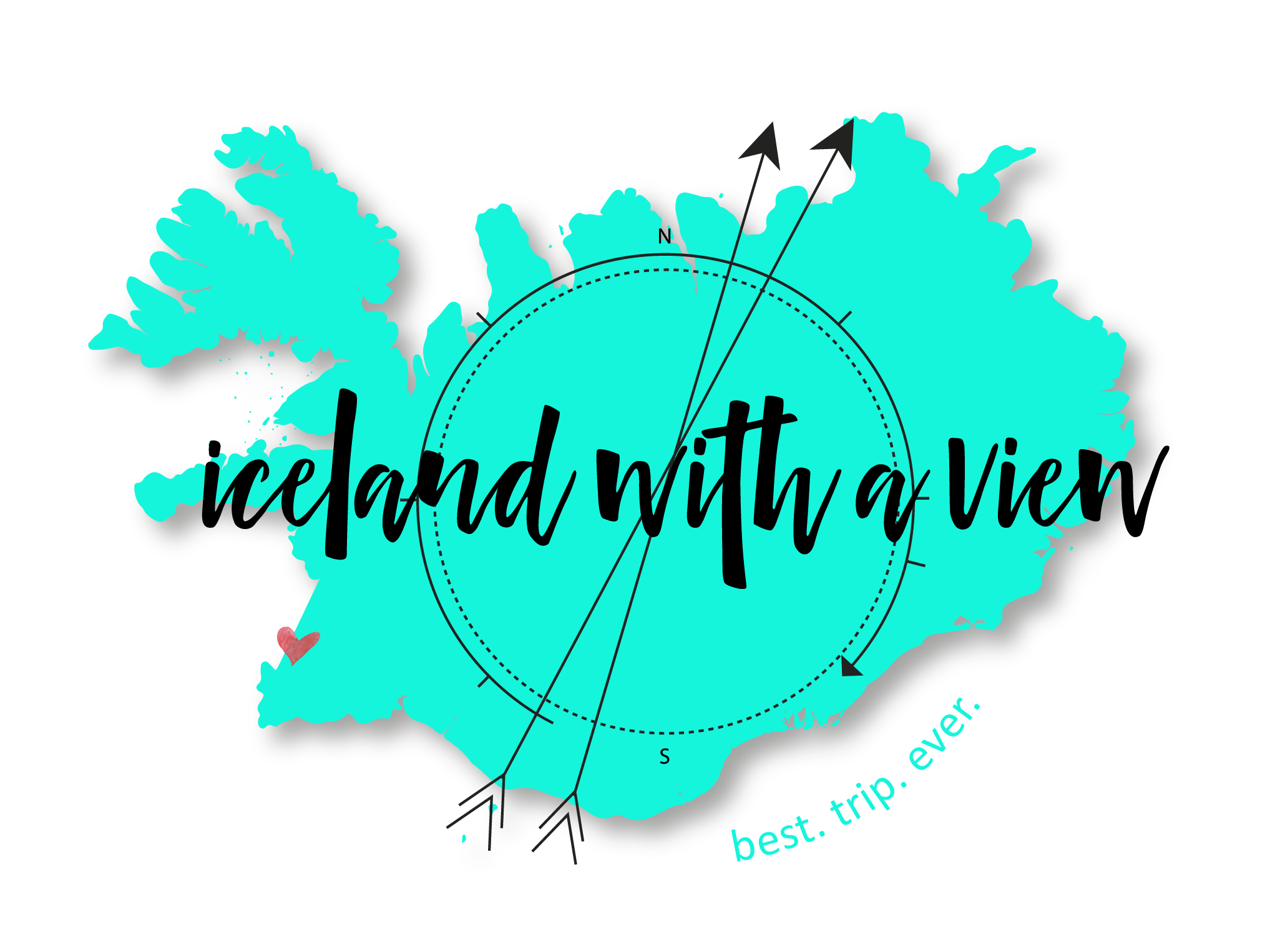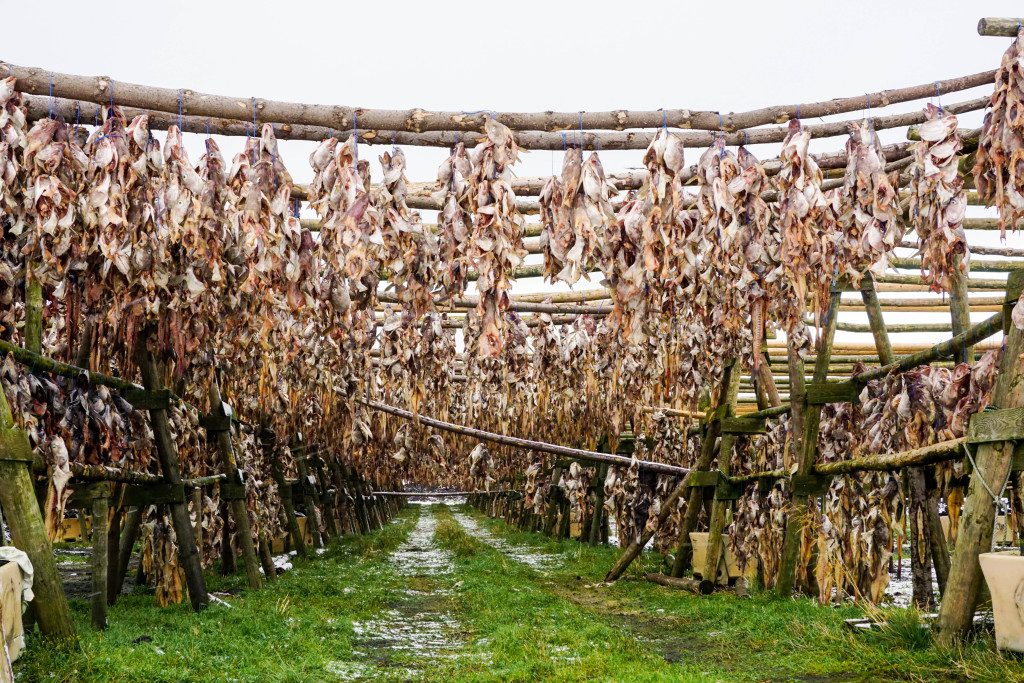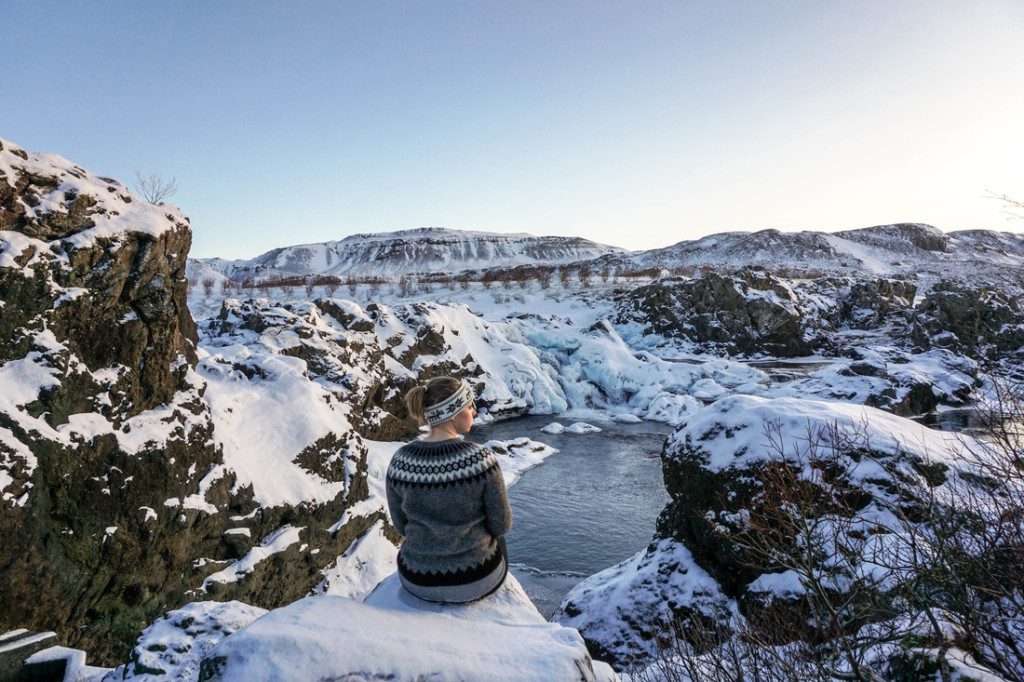It’s no secret that when it comes to the cost of living, Iceland secures a spot in the ‘burn-a-hole-in-my-wallet’ category! 😅
If you’re gearing up for a trip, brace yourself because things in Iceland might be more expensive than you’re used to back home.
Many of you are itching to know about the price tag of living in Iceland, from food and drink costs to transportation and healthcare.
I’ll be sharing my personal experiences and expenses, along with price ranges I’ve researched, so you’ll get an all-around view of the average cost of living in Iceland.
Having moved here in 2015, I guess you could say I’ve become something of an expert by now! 😉
Ready to uncover the ins and outs of the cost of living in Iceland?
Let’s get into it!
Table Of Contents:
- Why is Iceland so Expensive?
- Housing, Utilities and Rent in Iceland
- Cost of Living, Iceland: Food and Drink
- Transportation
- Healthcare in Iceland
- Childcare and Education in Iceland
- Taxes
Why Is Iceland So Expensive?

Iceland is amazing. Let’s just get that out of the way!
The stunning landscapes, natural beauty, and unique culture are just some of the reasons why people flock here every year.
That being said, the cost of living in Iceland is known for being very high compared to other countries.
So, why is Iceland so expensive? Here are a few reasons:
Location: With its remote location, harsh climate, and unforgiving terrain, Iceland relies heavily on imported goods. It’s an island, right? So whatever isn’t produced here needs to be brought in from elsewhere, and that, my friend, costs money.
Taxes: High taxes and tolls are imposed on imports. Income tax is also very steep, contributing to the high cost of living in Iceland.
Population: As Iceland has a relatively small population, the economy lacks the volume needed for competitive pricing, which keeps the prices of everyday goods high.
Quality and sustainability: One thing I love about Iceland is the focus on quality and the sustainable production of goods. The downside to that is that it does drive up production costs, which is ultimately felt by the consumer.
Housing, Utilities and Rent in Iceland
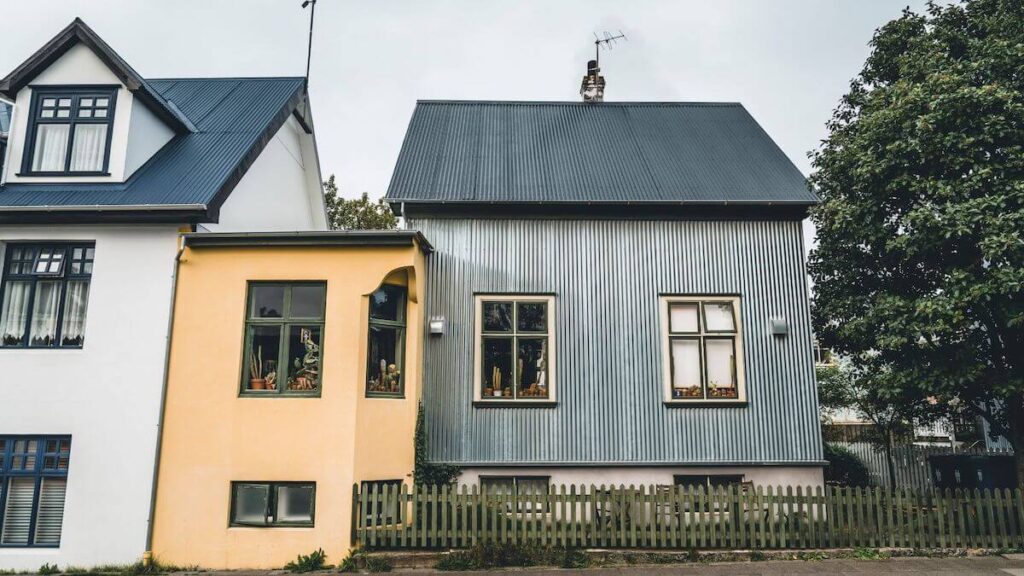
Housing prices here are steep, whether you’re buying a house or renting – it’s going to be one of your biggest expenses.
Remember that specific living costs depend on many factors like personal usage, specific needs, and your location in the country.
Okay, so let’s talk numbers…
If you’re renting the price varies depending on location, size, and amenities.
For instance, a one-bedroom apartment downtown? Expect to pay around 200,000 ISK – 300,000 ISK ($1400-$2200) in rent. If you’re looking at some fancy new constructions with killer views? You can bet they’ll be much pricier than that.
The cost of living in Reykjavík is higher than if you’re living outside the city center. In the suburbs or outskirts of town, prices might dip to 150,000 ISK – 300,000 ISK ($1080 – $2200) or even less in the countryside.
As for me, I’m renting a one-bedroom apartment just outside the city center and we’re paying 250,000 ISK per month, roughly $1800 at the moment. The struggle is real!
I created a behind-the-scenes tour of my apartment where I show you all the rooms and what it’s like to live in Iceland. If you’re curious, take a look👇
➡️ WATCH: Iceland House Tour | 1100 sq ft in Reykjavík
Utilities
Let’s chat about utilities. The amount you spend will fluctuate depending on usage, how many people are in your household, where you’re located, etc.
Here’s a breakdown of some of what falls under utilities and what you might find on the bill.
Electricity: The average monthly cost of electricity is about 5,000 ISK – 10,000 ISK ($35-$72), and more for larger spaces.
Water and sewage: I budget for an average monthly cost of 5,000 ISK – 8,000 ISK ($35-$60)
Internet and TV: This is another variable, but the average price can range from 6,000 ISK to 12,000 ISK ($40-$90)
Phone usage: Based on my experience, I’d say that most Icelanders have a mobile plan. Prices for these plans can range between 4,000 ISK and 10,000 ISK ($30-$70)
Cost of Living, Iceland: Food and Drink

In Iceland, the cost of food and drink is another major expense.
Now, keep in mind that we all have different dietary preferences and requirements.
Some people are very frugal with their food spending (a skill I believe should be regarded as an art form 😅) while others are a bit more frivolous with this expense.
Therefore, the cost of food in Iceland per day can vary quite a bit.
Grocery Stores in Iceland
Food prices add up very fast and these numbers can look drastically different for tourists because they tend to eat out more.
In general, a trip to the grocery store in Iceland for staples like meats, seafood, milk products, etc. Can add up to between 50,000 – 100,000 ISK per month or roughly $360-$720.
Personally, if I were to add up my family’s monthly grocery expenses, I’d say that we maybe spend 80,000 ISK – 100,000 ISK ($570-$720) per month, but it could be more if we go out to eat or grab extra snacks and drinks.
To be honest, I find it difficult to go to the grocery store without spending at least $100 (14,000 ISK). Mind you, that’s often just for one meal and a couple of little extras.
If you’re planning a trip, be sure to check out my Iceland Travel Guides + Maps, they include digital maps with pinned locations of restaurants and grocery stores along with average prices and money-saving tips that’ll come in super handy.
Restaurants
If you plan on eating out for every meal, then hold tight, because it can quickly eat into your budget!
For those who are more cost-conscious and trying to stick to a budget by opting for gas station hotdogs or pre-made sandwiches, prices can range anywhere from 500 ISK to 700 ISK ($3 – $5)
On the flip side, if you want to splurge on a nice meal at a restaurant, this can cost anywhere from 5,000 ISK to 10,000 ISK. ($36-$72).
Here’s a sample breakdown of the cost of food in Iceland per day when eating out:
Breakfast: A breakfast with coffee, eggs, bacon, and all the trimmings will cost you 2000-3500 ISK ($14-$25)
Lunch: A hamburger, sandwich, or pizza can also range from 2000-3500 ISK ($14-25)
Dinner: An average main course with meat or fish with sides 4000-8000 ISK ($29-$58)
In Reykjavík, Iceland, restaurant prices can be difficult to navigate.
If you plan carefully and implement some of my budget-savvy tips when you eat out, the food prices in Iceland – Reykjavík especially – won’t seem so daunting. Learn more about that below👇
➡️ READ MORE: Traveling Iceland On A Budget? Here Are 6 Genius Tips To Save on Food & Drink!
Alcohol

What about alcohol, Jeannie? Let’s just say, Iceland’s alcohol prices may leave you unhappy at happy hour! 😂
To put it into perspective, the alcohol prices here are on average almost 140% higher than the rest of the EU!
Need examples? Brace yourself:
At the liquor store, bottle of Reyka vodka goes for 7200 ISK ($52) and Olafsson Gin? That’ll set you back almost 9000 ISK ($65).
In Iceland, the cost of beer can be priced anywhere from 1000 ISK up to 1700 ISK. That’s $7-$12.
A glass of wine runs around 1200 – 1800 ISK ($9-$13) while splurging on a cocktail is more like 2300 to 2600 ISK ($16-$19).
Before you reach for the box of tissues and a hammer to break open your piggy bank, have a look at this post on how to save money on alcohol in Reykjavík.
Transportation
Iceland’s cost of travel and transport often surprises visitors.
The amount you spend on transport will depend on factors like:
- What kind of vehicle you have
- How far you’re driving each day
- Whether your vehicle takes diesel or gasoline
Buying a Vehicle in Iceland
One thing that caught us by surprise when we moved over to Iceland was that we were not eligible for a car loan.
In the U.S. it’s very common to get a loan for a vehicle and then pay that off every month.
But in Iceland, since we were not residents or citizens yet, we did not qualify for a vehicle loan.
So what we ended up having to do was buy our vehicles outright.
I’m sure you can imagine how fun it was to pay $8000 out of pocket!
Buying our vehicles outright meant that we had to look at a used vehicle that was reliable but pretty bare-bones.
The experience would be a different one for residents and citizens, as they have the option to apply for a loan. However, even then, the price of vehicles in Iceland is high.
Fuel
Man, this one really hurts! The fuel runs at a jaw-dropping $8 a gallon!
Filling up my car is consistently a stark reminder of Iceland’s high cost of living. 😬
The fuel expenses will depend on how far you commute or whether you’re frequently traveling around the country.
Vehicle Insurance

Another expense is vehicle insurance, which depends on the type of vehicle you have and the emissions that it creates.
Personally, that’s about 16,000 ISK / $115 per month.
Yikes!
Public Transport
The public transport options in Iceland are extremely limited. There are no trains or metros. There are buses but again, they’re very limited.
Don’t expect to see an Uber or Lyft or any rideshare company in Iceland for that matter.
A single-fare city bus ticket is going to be about 450 ISK or $3, therefore affordable for someone traveling on a budget.
Taxis are very expensive, with a base rate of around 500 ISK-700 ISK ($3-$5) and then on top of that it’s about 400 ISK ($2.80) per kilometer. So unless you are traveling a very short distance, I wouldn’t advise taking a taxi in Iceland because the rates can add up very quickly.
As I’ve focused on the cost of living in Iceland, I haven’t covered things like group tours or car rentals here.
If you’re looking for more options to get around Iceland, and hopefully stay within budget, you’ll want to check this out:
➡️ READ MORE: How To Get Around Iceland – 10 Transportation Options
Healthcare in Iceland
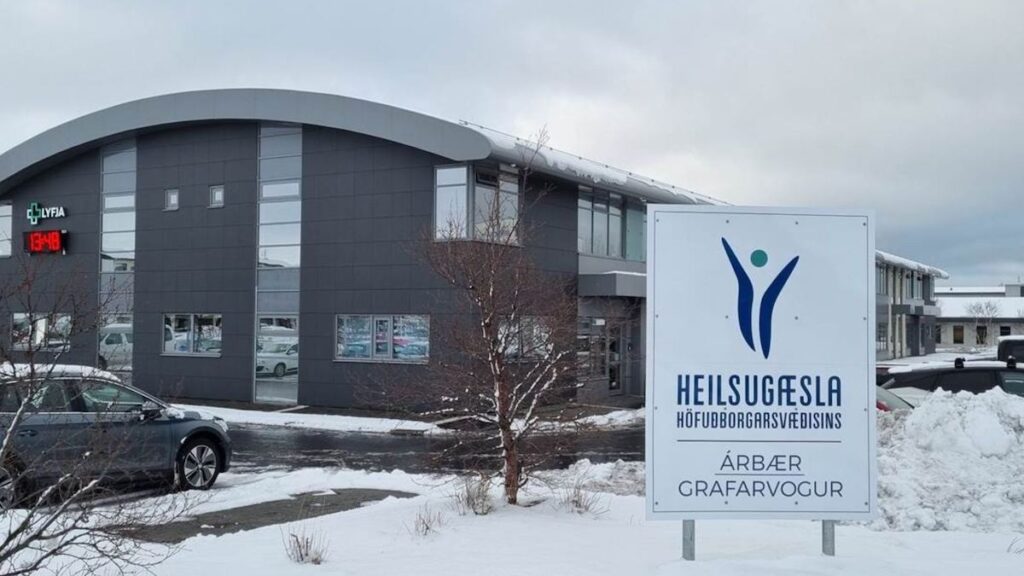
Iceland has a comprehensive health care system which means that residents are covered by their national health insurance.
There are, however, times when this is not covered like certain prescriptions and procedures, but in general things like going to the clinic to get checked out are covered.
If you have a family or plan on expanding, you’ll be thrilled to know that almost all pregnancy and birth-related expenses are slim to none which is a huge benefit with the healthcare in Iceland.
Child Care and Education in Iceland
The cost of child care varies depending on your child’s age. The priciest period is when parents head back to work and their little ones start daycare.
After that, it becomes cheaper as your child grows.
Daycare typically ranges between 80,000 ISK – 100,000 ISK ($570 – $720). That price depends on whether it’s a private home center, a bigger daycare center, and where you’re located in the city.
If your child is in preschool, you can expect to pay between 30,000 to 50,000 Icelandic krona ($215-$360).
Once your child is in primary school and throughout high school, education is completely free courtesy of the tax system.
Unless, of course, you plan on sending your child to a private or international school and then higher education is a nominal fee.
In my experience, higher education in the U.S. is incredibly expensive compared to Iceland.
The cost depends on the program you choose and how long you’ll be there, but from what I understand, you pay the application fee to get in and after that, your university is covered.
Taxes
As the saying goes, ‘Nothing is certain except death and taxes,’ and let me tell you, I almost succumbed to the former when I found out about the tax bracket here in Iceland!
Iceland operates under a progressive tax system, which means the more that you earn, the more tax you pay, and the more you hate the government. (Joking!) 😉
The income tax rate is…
*buckle up and prepare for impact*
… between 20% and 50% and sometimes more of your income!
As I mentioned earlier, healthcare and education are largely covered by taxes, contributing to the high cost of living in Iceland.
If we compare the cost of living in Iceland vs the U.K. According to Numbeo, rent, groceries and consumer prices in Iceland are higher.
You may have noticed that there are quite a few differences between Iceland’s cost of living vs the U.S., some of which may surprise you.
When it comes to the cost of living, Iceland is undoubtedly expensive. However, there are ways that you can be kind to your wallet by making smart choices. Hopefully, this gives you a better idea of how much a trip to Iceland would cost!
Want more insider tips and info on life in Iceland?
Join Team Iceland for exclusive discounts, new resources, and local Iceland updates. I share weekly emails with useful tips for planning the Iceland trip of your dreams! 💭🇮🇸
Happy planning,

Pin it for later! 👇🏻

